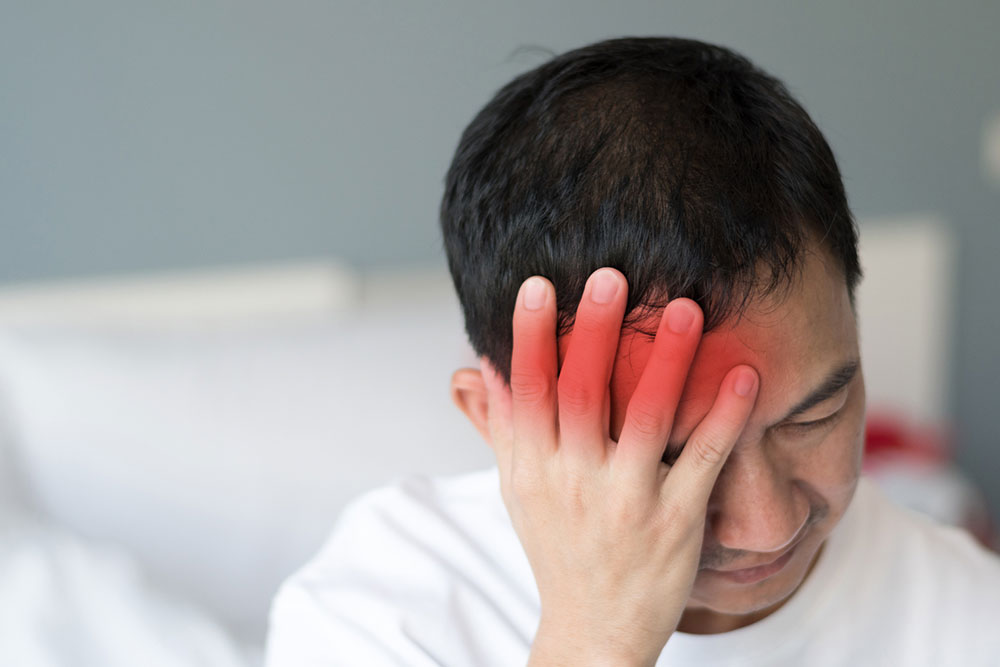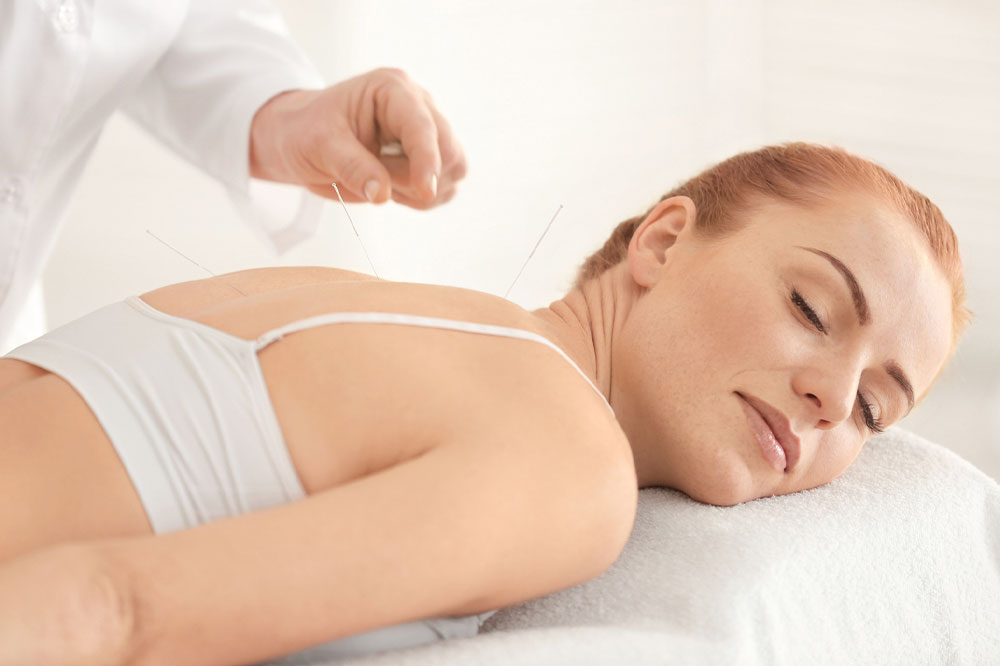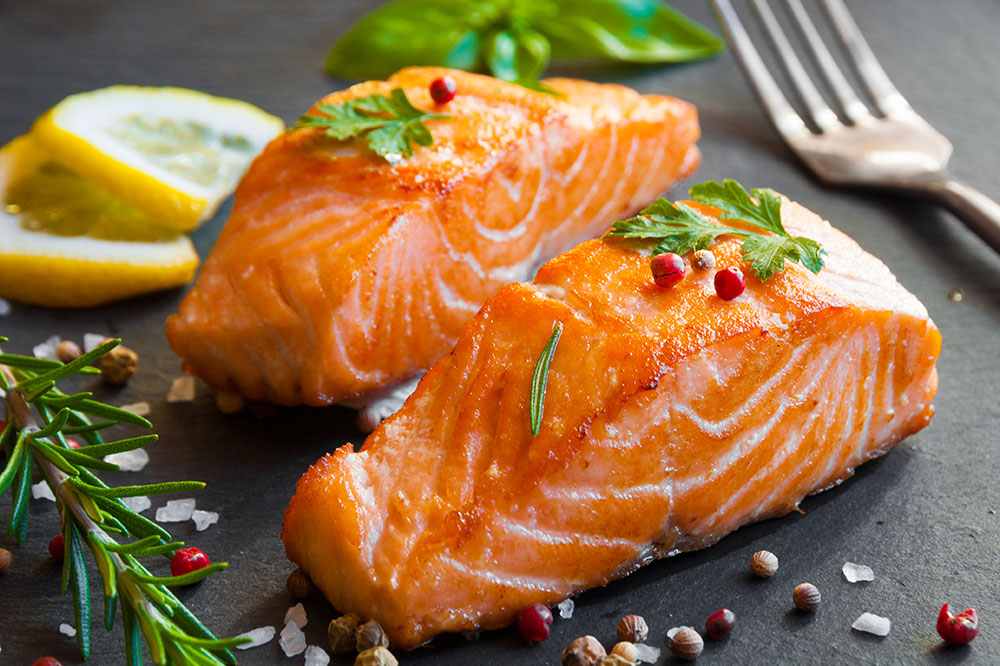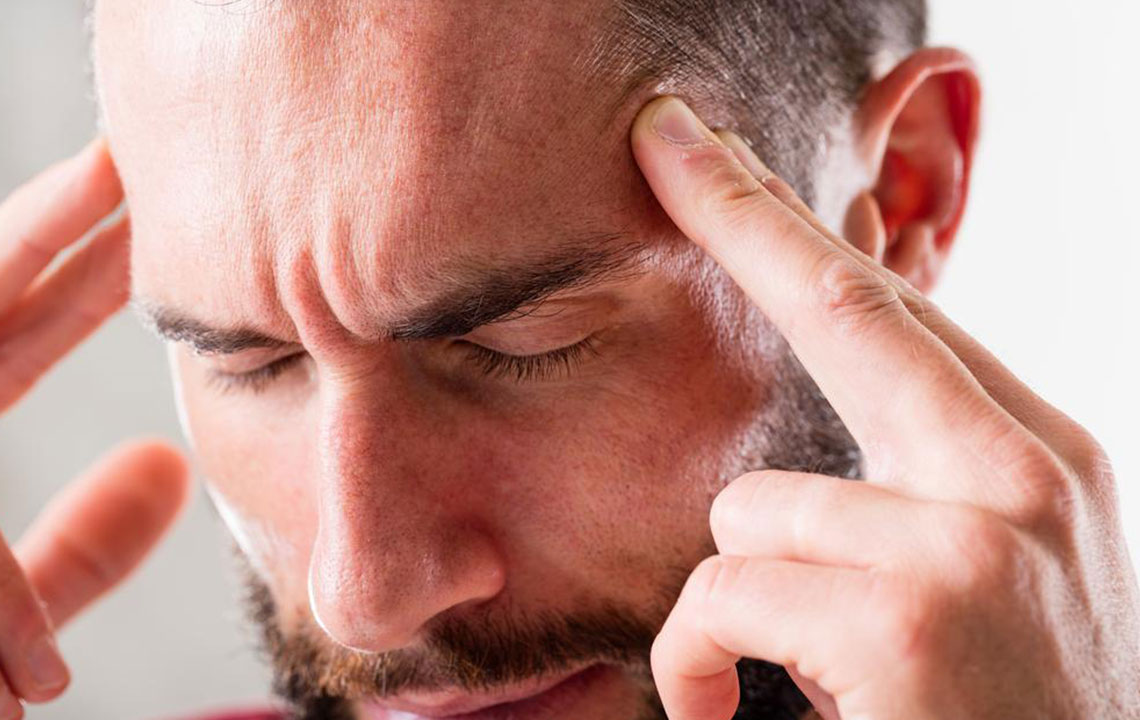Effective Strategies for Managing Migraine Flare-Ups
Discover practical techniques to control and reduce migraine attacks. This guide covers medication options, dietary tips, lifestyle changes, and trigger avoidance strategies to improve quality of life for migraine sufferers. Implementing these methods can help lessen attack frequency and severity, promoting overall well-being. Always consult healthcare professionals for personalized treatment plans to ensure effective migraine management.
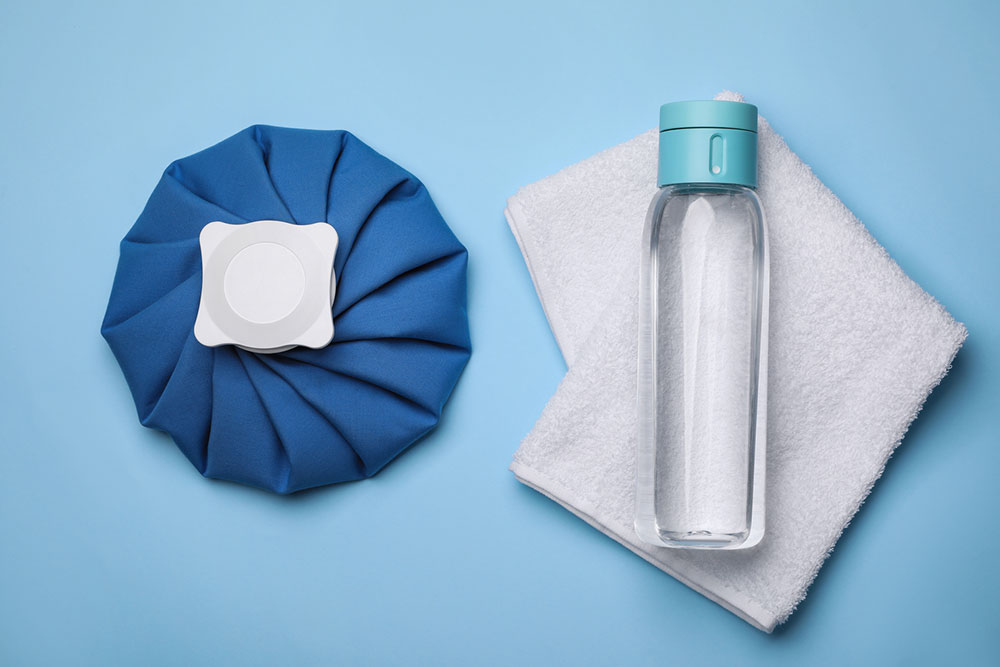
Effective Strategies for Managing Migraine Flare-Ups
Migraines are intense headaches characterized by pulsating pain on either side of the head, often lasting hours or days. This condition commonly affects individuals aged 30 to 40 and is more frequent among women. An estimated 39 million people worldwide suffer from migraines. Sensitivity to light and sound is typical. Fortunately, lifestyle modifications can lessen how often migraines occur. Here are some proven methods to help manage and reduce migraine episodes:
Medications and Treatments
Keep your prescribed migraine medicines accessible. Common options for adults include UBRELVY™, Excedrin, Nurtec® ODT, and QULIPTA™. These drugs block pathways in the brain responsible for migraine pain. Doctors may also suggest preventive medications for frequent or severe attacks to decrease their frequency and intensity.
Incorporating foods rich in antioxidants, like fruits, vegetables, nuts, and seeds, supports overall health. Magnesium-rich foods such as avocados, apricots, almonds, cashews, and brown rice help relax blood vessels, reducing headache risk. Leafy greens, dairy, and calcium-rich items are also beneficial. Reducing high-sodium foods can further prevent migraine episodes, especially for those with frequent attacks.
Lifestyle Adjustments
Maintaining a consistent, high-quality sleep routine is crucial. Adequate rest boosts physical and mental well-being and can significantly lower migraine frequency. Stress and fatigue often trigger migraines, so managing stress and prioritizing sleep can help.
Hydration and Cold Compress Usage
Staying well-hydrated is essential as dehydration may trigger migraines. Drinking enough fluids and replenishing electrolytes support optimal body function. Applying a cold compress on the neck or forehead at migraine onset can relieve pain by constricting blood vessels and blocking pain signals.
Common Triggers to Avoid
Certain factors can activate migraines, including specific foods, odors, and lighting conditions. Avoid strong smells like bleach, gasoline, paint, pesticides, and leather. Hypersensitivity to bright or flickering lights is another trigger; avoiding fluorescent or flashing lights can help. Spicy foods, cheese, chocolates, and citrus fruits are also common triggers. Identifying and steering clear of these triggers is an effective way to manage migraines.

